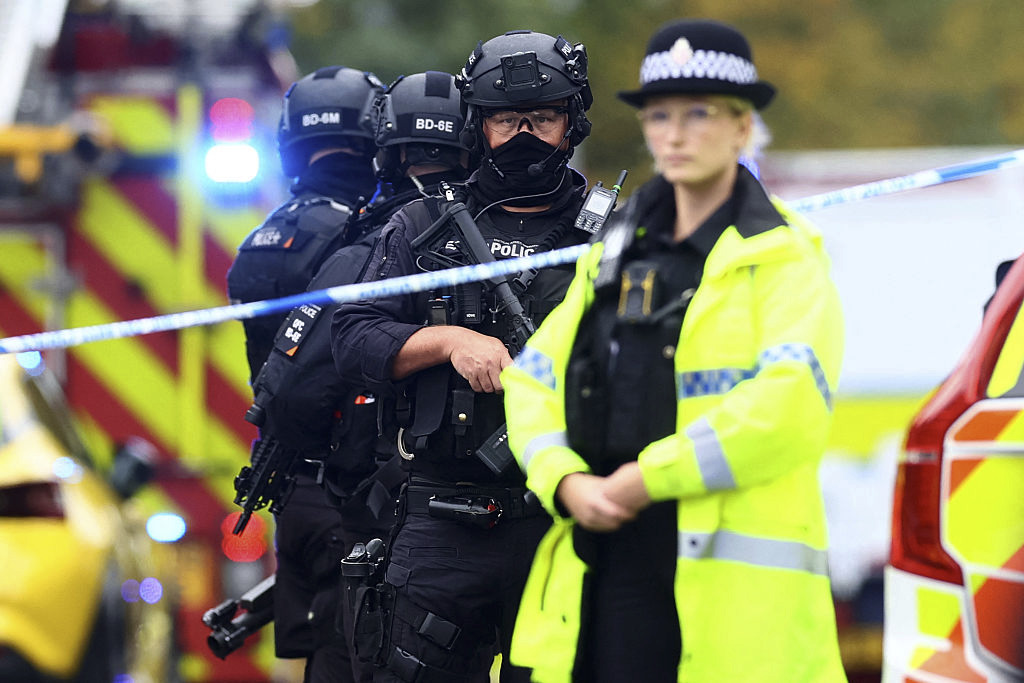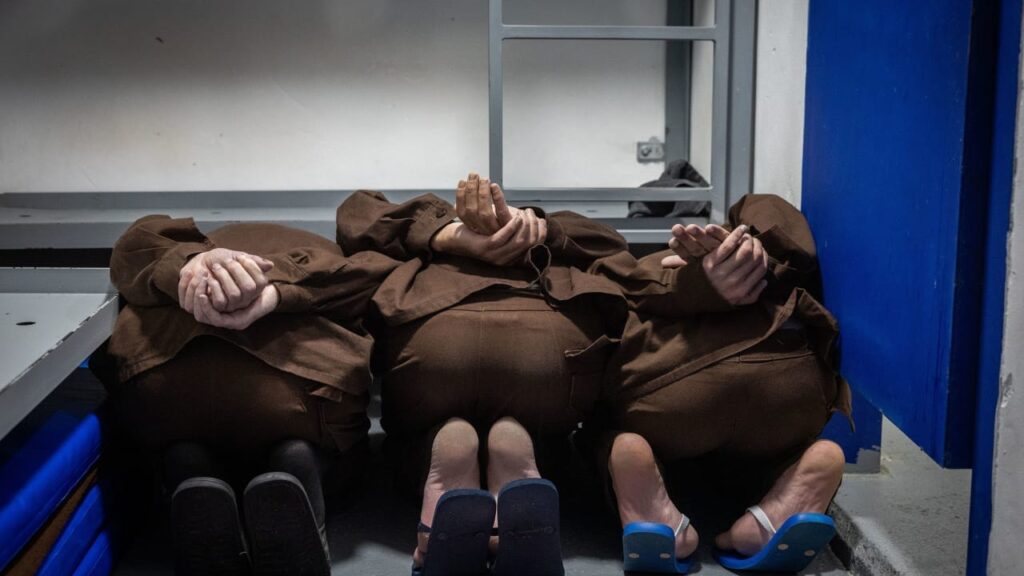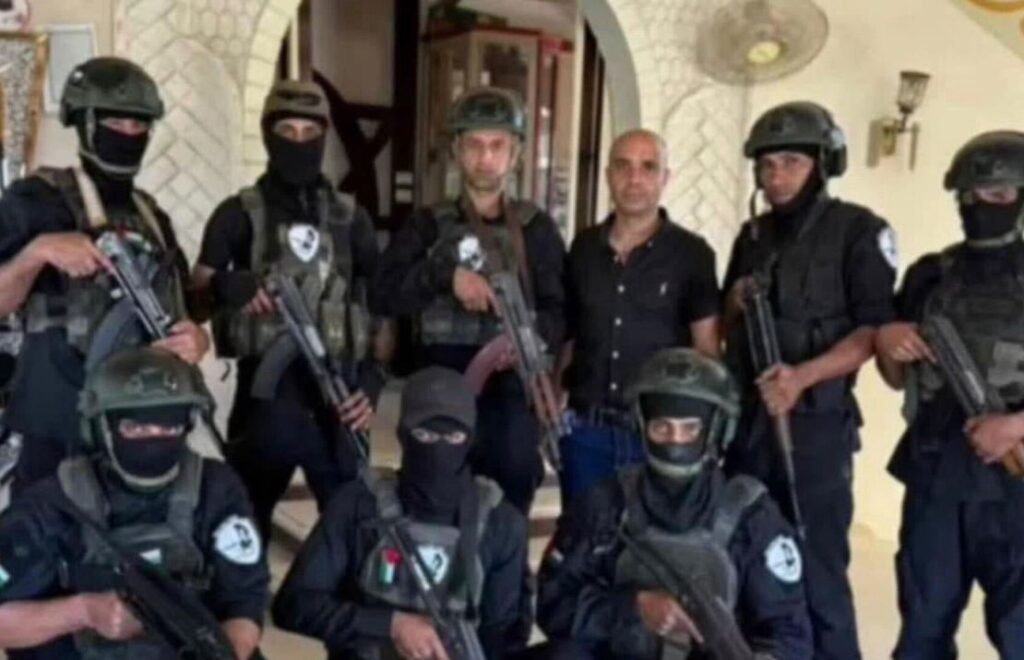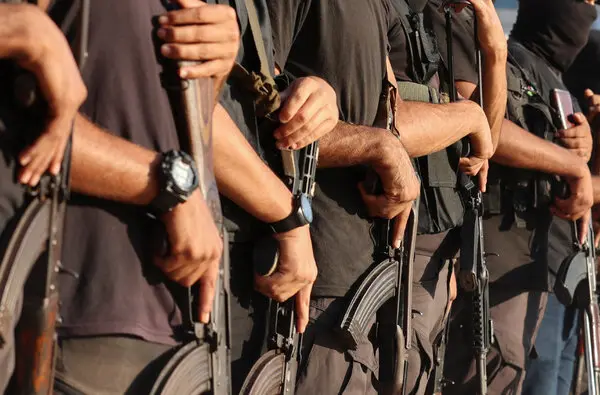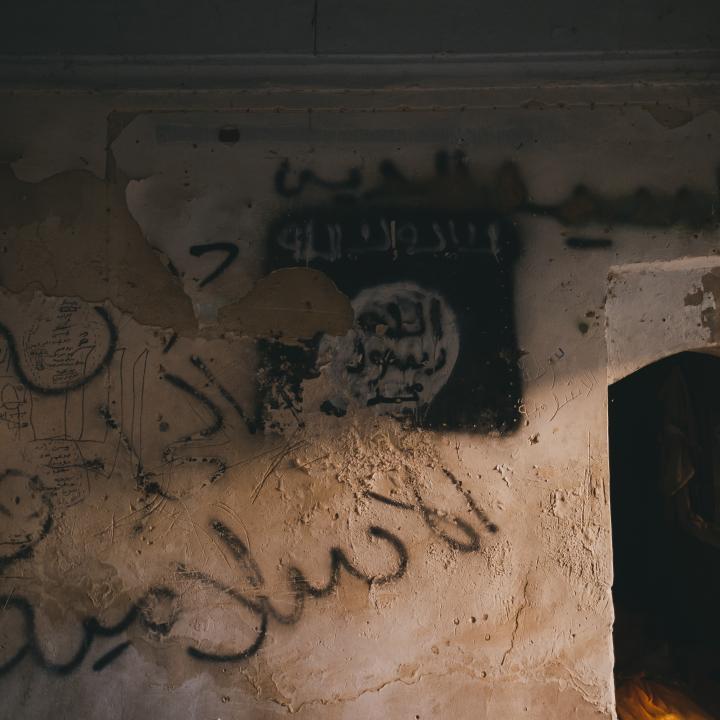Profiles of anti-Hamas militias in the Gaza Strip
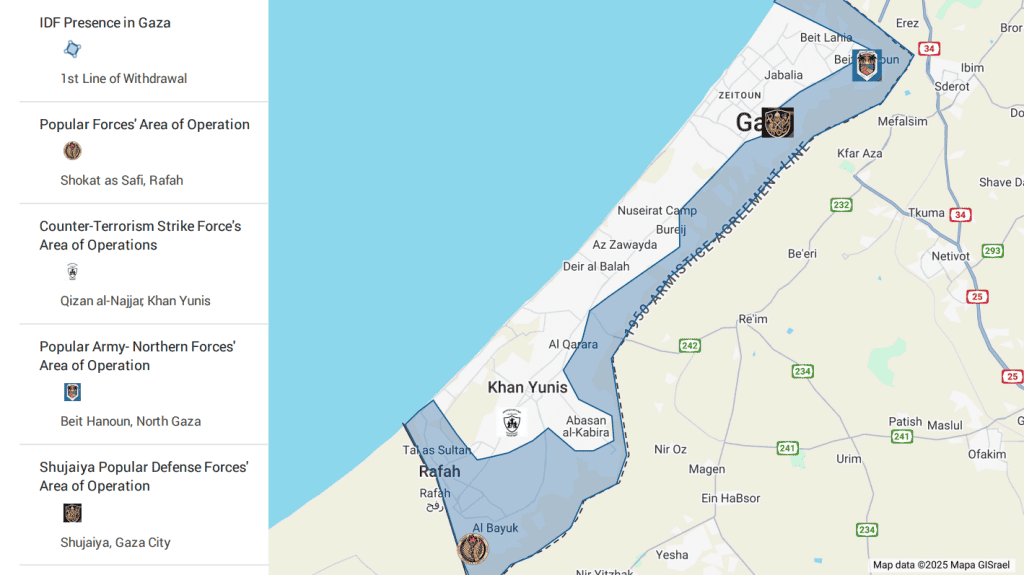
To weaken Hamas’s grip on the Gaza Strip, the Israeli government initiated a campaign to arm rival groups within the enclave, Israeli Prime Minister Benjamin Netanyahu acknowledged in June. The first of these groups, the Popular Forces led by Yasser Abu Shabab, surfaced in May as a direct challenge to Hamas’s authority. Backed by Israeli funding and logistical support, additional anti-Hamas militias soon emerged, seeking to erode Hamas’s control from within. These groups, particularly the Popular Forces, have complicated Hamas’s internal governance and drawn retaliatory attacks.

